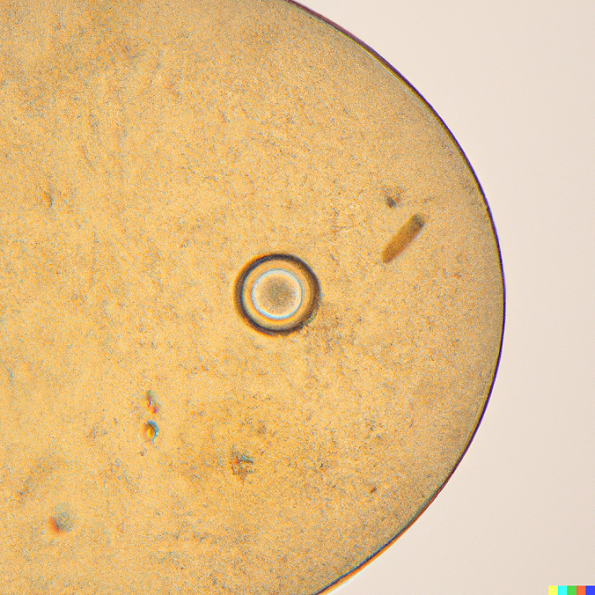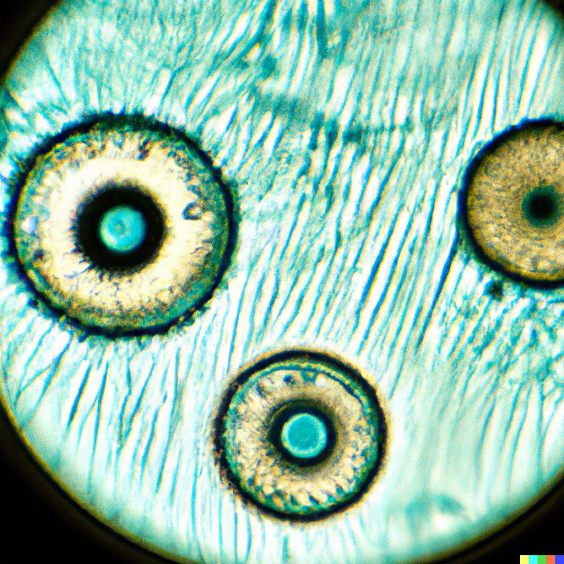Biofilm creation avoidance in contact lenses cases

Contact lenses users experience an increased risk of suffering from microbial keratitis in comparison to general population. The actual statistics show 2.44 to 4.2 incidents per 10,000 for all lens users in comparison to 21.8 per 10,000 for users that sleep without removing their lenses. The most important factor in these incidents is the effect of contaminated lenses. Contact lenses cases are easily contaminated with microorganisms, and these microorganisms are transported to the eye. Microbial species that infest cases include bacteria, yeast, mold, and Acanthamoeba. 42 out of 77 microbial species have been associated with microbial. Many of these species have been confirmed experimentally as contaminants in contact lenses cases.
A widely accepted bio film definition states that “a biofilm is as microbial derived sessile community characterized by cells that are irreversibly attached to a substratum or interface or to each other, are embedded in a matrix of extracellular polymeric substances (EPS) that they have produced, and exhibit an altered phenotype with respect to growth rate and gene transcription”. A recent review has provided the characteristics of bacterial biofilms and the optimal characteristics that an anti bacterial agent or coating should possess.

The project aimed to investigate and develop strategies to prevent the formation of biofilms in contact lens cases, which can lead to eye infections and other complications for contact lens wearers. The team at Sinodos Chemistry utilized their expertise in chemistry, biology, and engineering to tackle this complex problem.
To begin, the team thoroughly researched the factors that contribute to biofilm formation, including the properties of contact lens materials, the composition of contact lens solutions, and the microorganisms that can colonize contact lens cases. They also reviewed existing literature and conducted experiments to better understand the mechanisms of biofilm formation and potential strategies for prevention.
Based on this research, the team developed several innovative approaches to prevent biofilm formation in contact lens cases. One such approach involved the use of antimicrobial coatings on the surfaces of contact lens cases. These coatings were designed to inhibit the growth of bacteria and other microorganisms, preventing them from colonizing and forming biofilms. The team tested various types of antimicrobial coatings and evaluated their efficacy using advanced analytical techniques, including scanning electron microscopy (SEM) and confocal laser scanning microscopy (CLSM).
Another approach involved the use of contact lens solutions containing antimicrobial agents. The team investigated various antimicrobial agents, including silver nanoparticles, copper ions, and quaternary ammonium compounds, to determine their effectiveness in preventing biofilm formation. They also evaluated the compatibility of these antimicrobial agents with different types of contact lenses, ensuring that they did not cause damage or irritation to the eyes.
In addition to these strategies, the team also investigated the use of physical barriers to prevent biofilm formation. For example, they tested the effectiveness of contact lens cases with removable lids, which could be easily cleaned and sterilized to prevent the buildup of bacteria and other microorganisms.
Overall, the project was a great success, resulting in several innovative approaches to prevent biofilm formation in contact lens cases. The team at Sinodos Chemistry was able to develop a deep understanding of the factors that contribute to biofilm formation, as well as the mechanisms of action of different antimicrobial agents and physical barriers. Their findings have important implications for the contact lens industry and could lead to the development of new products and technologies to improve eye health and safety.
The biofilm creation avoidance in contact lenses cases project was a prime example of the diverse expertise and capabilities of Sinodos Chemistry. Their multidisciplinary team of scientists and engineers was able to apply their knowledge and skills to solve a complex problem and develop innovative solutions. With their commitment to excellence and dedication to scientific rigor, Sinodos Chemistry is well-positioned to tackle even the most challenging projects in chemistry, biology, physics, and engineering fields.
